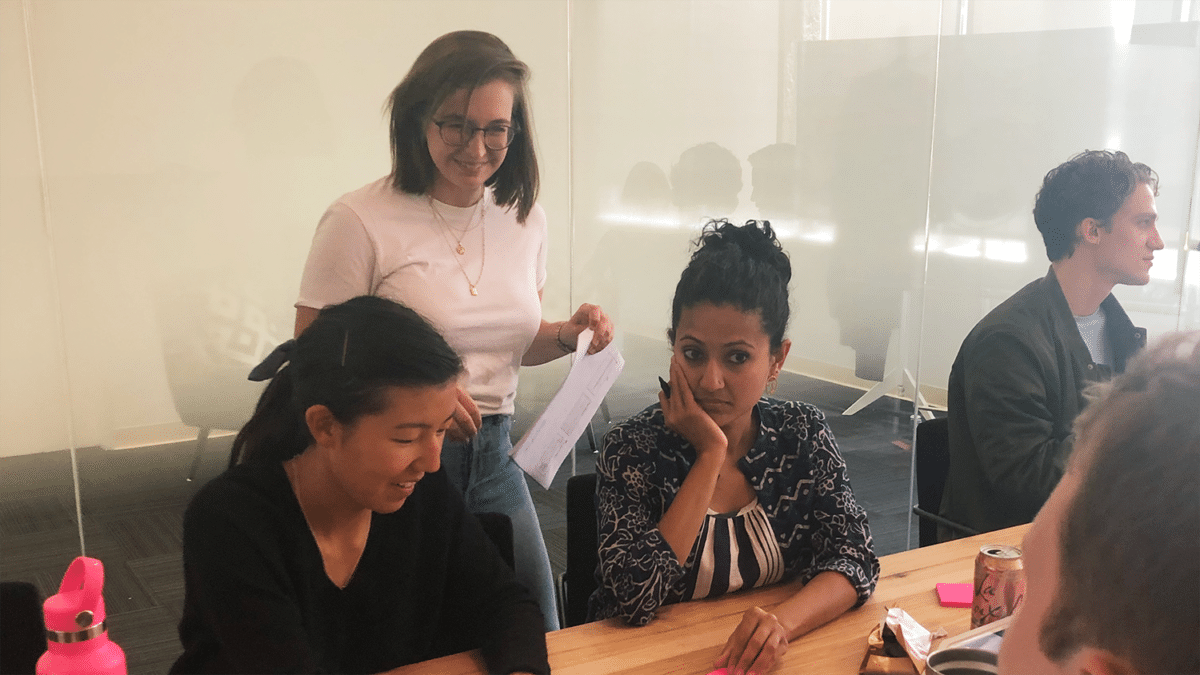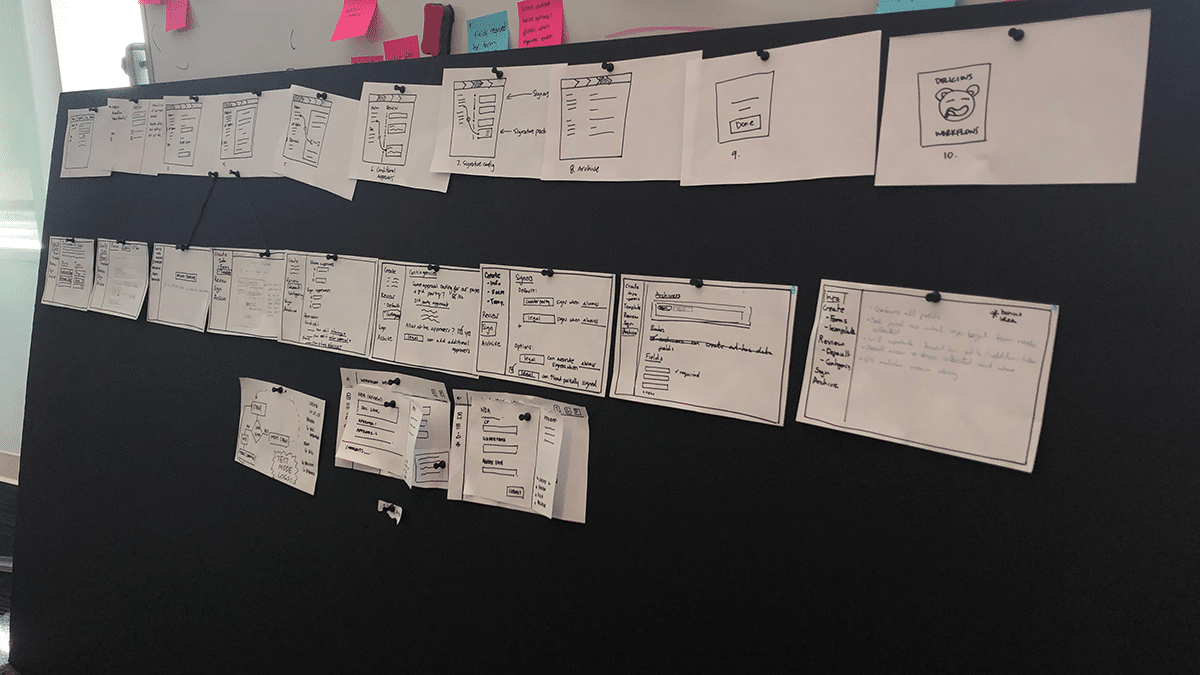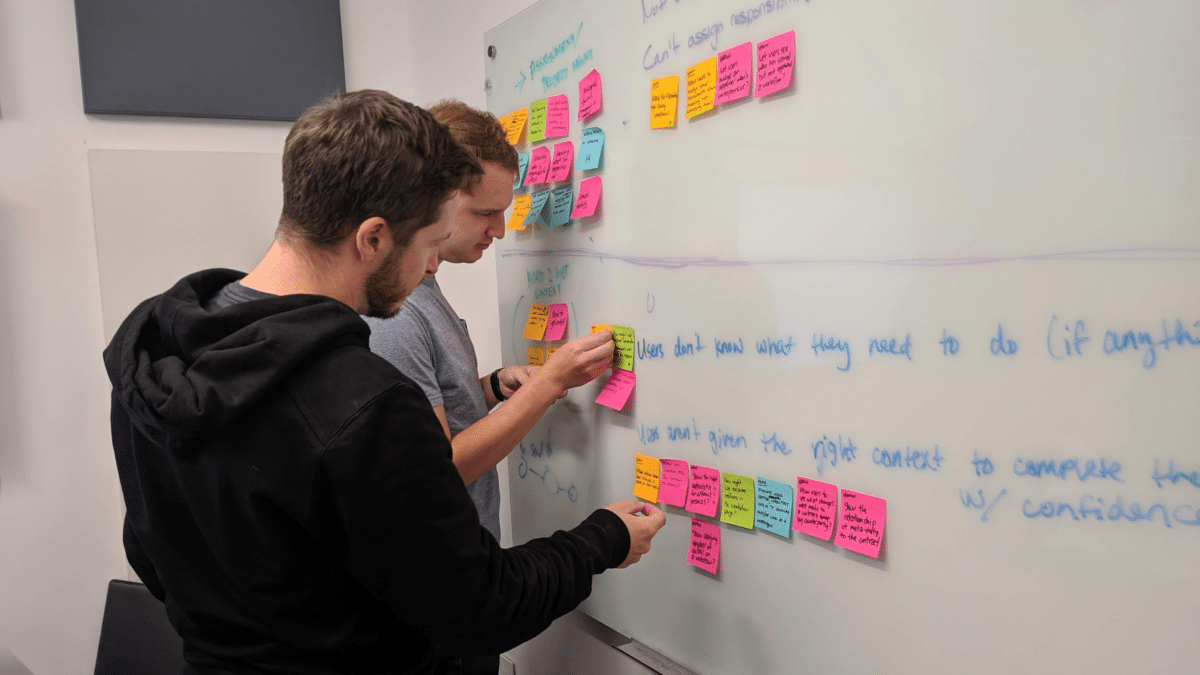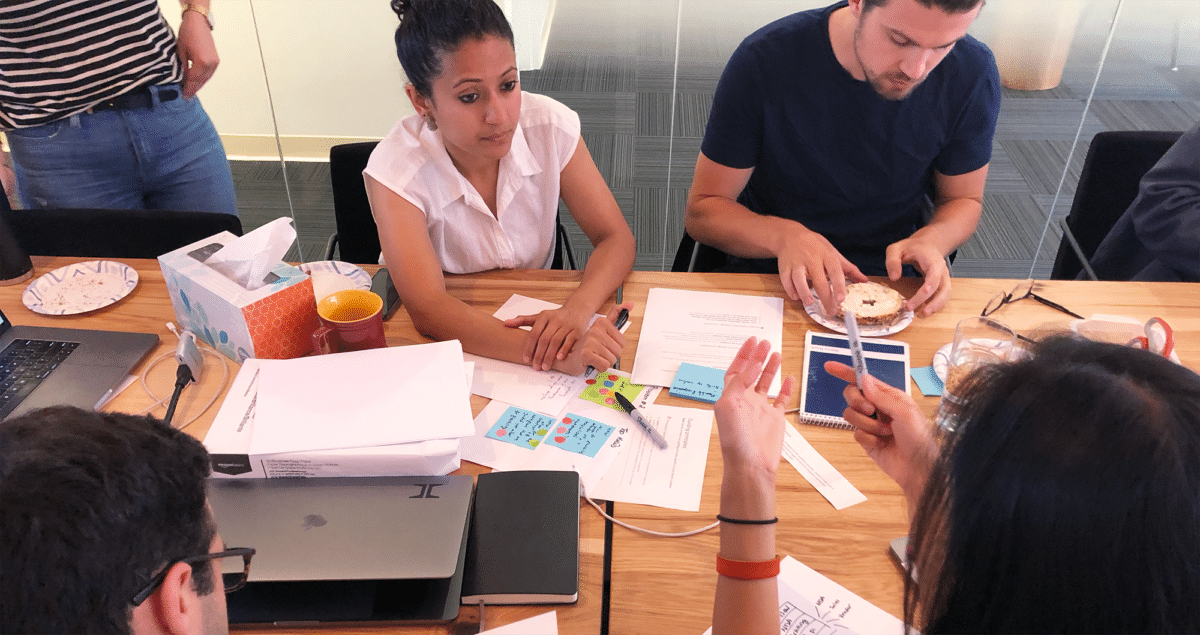Note: We conducted this interview on designing for collaboration with Veena (pictured above), an Ironclad Product Designer, a month ago, before it was clear how significantly COVID-19 would affect legal collaboration or contractual obligations, not to mention the day-to-day work of much of the country’s in-house legal industry. Now, as legal teams rethink how they use technology to stay connected, we think her perspective on collaboration and communication resonates more than ever. Stay tuned for more updates on how Ironclad helps legal teams coordinate contracting, regardless of where they’re located or what curveballs come their way. Above all, please stay safe in these uncertain times!
Veena is a Product Designer on Ironclad’s Collaboration and Negotiation team. We recently sat down with her ahead of her team’s upcoming product release to learn how she and the developers she works with designed the legal industry’s first truly seamless collaboration and negotiation features, and how those capabilities work within the Ironclad platform.

Veena (right) listens as Customer Success and Product team members share thoughts on collaboration
Hi, Veena! You’re a Product Designer at Ironclad, but you have the unique experience of having been a developer as well. Can you talk about what makes designing solutions for the legal industry a unique technology challenge?
The legal industry is 10 years behind when it comes to adopting technology that makes work easier. For Legal, there’s no one source of truth, like there is for Sales with Salesforce. In the legal industry, and specifically in contracting, most teams still rely on email and word processors to handle every part of the contracting process.
People may say that that’s because lawyers are slow to adopt technology, but I think a bigger part of it is legal work tends to be higher-stakes and more complicated, so the technological needs are more advanced.
Ironclad is the first solution that’s been designed for legal collaboration and negotiation rather than taking the approach of simply taking a legal tool and putting it on top of Microsoft Word.
What are some of the key design challenges when it comes to designing for legal collaboration and negotiation?
There are three key challenges. The first is the need to keep some information internal and some information external. When two companies negotiate, teams within both companies often need to discuss contracts among themselves. For example, during a sales process, Legal might need to ask Finance if the non-standard payment terms proposed by a counterparty are acceptable. Under no circumstances should the counterparty have access to the content of those internal conversations. So that’s a big difference between legal communication and most other forms of business collaboration, where you’re looking to encourage transparency throughout the entire process.
The second challenge is the need to accommodate an external party’s workflows. If all contracting happened internally, legal teams could use whatever tools and file formats they wanted. The problem is that many external legal teams are going to expect Microsoft Word DOCX files and emailed drafts. The question there is, how do you design tools that take that into account?
And the final challenge is that you need to document every change that happens throughout the negotiation process, both for risk mitigation and audit logging. The implications of contract changes carry bigger financial, legal and operational risks than any other type of document. That’s why legal teams need to track every change that occurs on a contract from generation to execution.
With so many unique challenges involved in designing a solution for legal collaboration and negotiation, how do you and the Product team decide what to build?
We do a ton of research!

In this particular instance, we started with customer interviews and internal discussions. Our goal was to eliminate uncertainty by talking to users and validating our assumptions. It was really important to understand their pain points working with both internal and external reviewers, redlining in documents, maintaining clause libraries, and managing document version types.
We made sure to get as many legal perspectives as possible. We spoke with GCs in technology, former big law attorneys, business users and others to get a sense of how legal teams are dealing with these challenges.
From there, we began to categorize our research into key themes. We saw that even though there are many factors that slow down contract collaboration and negotiation, they can actually fit into a few broader categories. For example, one basic issue is that legal teams are usually working with four or five different tools during the contracting process: their email inboxes, their cloud storage solution, their word processor, their redlining tools and others. We saw that there was a huge advantage to bringing teams into one tool.

Finally, we began turning our research and synthesis into a solution that could enhance the existing Ironclad solution. Ironclad already enables legal teams to automate common legal workflows, so it was also about designing and building a solution that could help our customers get more from the software they’re already using and loving. That meant creating early designs, working with early users to refine them, and rolling out new features in phases. We’re thrilled with how it turned out, and we look forward to showing our collaboration and negotiation tool to the world next month.
Stay tuned. In a few weeks, Veena and her team will unveil the collaboration and negotiation project they’ve been working on, an in-app collaboration and negotiation tool designed specifically for contracts and for legal teams!
Ironclad is not a law firm, and this post does not constitute or contain legal advice. To evaluate the accuracy, sufficiency, or reliability of the ideas and guidance reflected here, or the applicability of these materials to your business, you should consult with a licensed attorney. Use of and access to any of the resources contained within Ironclad’s site do not create an attorney-client relationship between the user and Ironclad.



